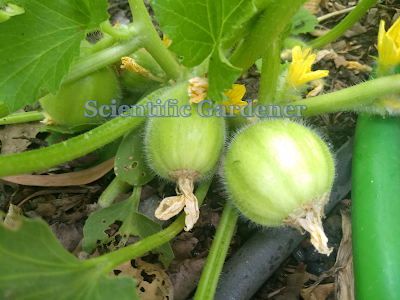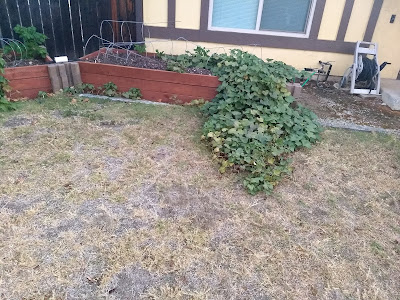When receiving vegetable seed, I have noticed that the majority of the seed I receive falls into one of two categories; those whose population has been well-maintained, and those that have not. To be more specific, there are some gardeners who conscientiously grow their seed in purity and are attentive to their garden, consistently rouging all of the off-type sports that are on the fringes of acceptable traits for that variety, while there are others will grow two varieties of the same species next to each other or encourage rouge off-type plants to interbreed with their current population of vegetables.
Although variability in vegetables can often be very favorable, providing positive traits such as hybrid vigor and genetic flexibility, many of the positive traits that are observed when breeding two genetically different varieties can be realized by just growing out a large enough population of a specific vegetable cultivar to enable the population to exhibit traits such as vigor and variability while still maintaining consistency with the traits that define the cultivar.
While I love genetic variability much more than most people I know, I do have limits. One of the limits that I do have is in selling seed. In selling any specific cucumber or cucumber-melon variety, I would prefer that the variety be consistent. Unfortunately, some of the cucumber-melon varieties have been bred to be polymorphic for many years. As I observed this problem occur before when I had grown the Carosello Tondo Manduria (or Mandurian Round) twice before, I tried using a different seed source for my grow out in the Chicken Garden.
One of the fist things I noticed when growing out the Tondo Manduria this season was that some of the plants were really taking off. This was really exciting. I was beginning to see my hard work pay off as some of the plants were really starting to vine out. I quickly came to recognize that this was a false hope. It seems that there are two different morphs or genetic expressions of the polymorphic Mandurian Round. One is of a someone rough-looking very light green oval fruit that grows on a sprawling vine. The other is a more round fruit that grows on a bushy plant and has dark splotches on its thin smooth-textured skin. The plants I noticed that were taking off were the sprawling oval plants while the ones I was after were the round bushy vines that produced splotchy round fruit.
To make the best of an unfavorable situation I rouged out all of the off-type plants and took pictures of them all the fruit (to ensure there was no cross-pollination with off-type plants) then replanted the garden with Carosello Manduria seed I saved from a self-pollinated plant I grew out in my greenhouse. I had to put strawberry baskets over the young plants to protect them from the chickens.
To give a little bit of background on my work on this garden, I have been investing a large portion of compost and work into this garden for the last several years. Despite all this, after working a couple more months on the garden, it was not watered as well as it could have been and the plants did not do as well as I would have preferred.
By the end of my experience I had some inbred fruit that just didn’t have the desired texture and the rest of the good fruit was not of high enough quality, nor was it pure enough for me to want to save the seed.
After once again failing to grow out the Carosello Manduria to the point at which I feel the population I have exhibits the traits that are specific to this variety, I decided on the following: 1. I am seeking out seed that only produces the bushy round splotched Mandurian Round carosello variety. 2. I will ask friends and others if they happen to possess any seed from population of Mandurian Round Carosello that exhibits the desired traits I am looking for.






















































